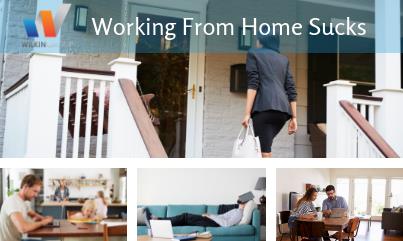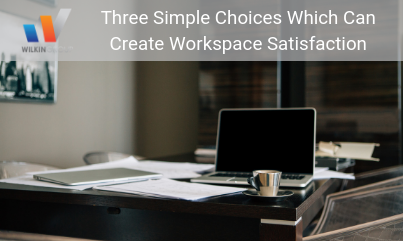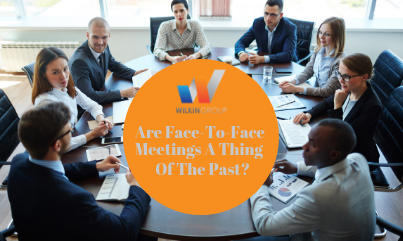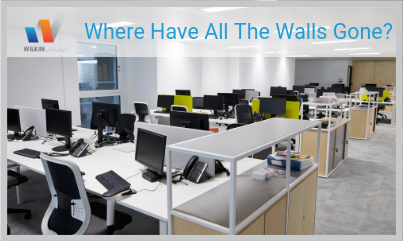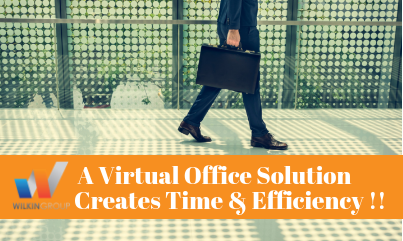On the face of it, working from home seems like a great idea. No need to face traffic on the morning commute, no need to line up for an over-priced baguette at lunch and no boss looking over your shoulder as you try and clear your to do list during the afternoon. Technology and changing corporate perceptions have led to more people working from home and it looks like it’s a trend which is here to stay. However, as many home office warriors have discovered, working from your dining table may not be all it cracked up to be and isn’t the answer to all workplace issues that some would have you believe it is.
Your Kids Don’t Understand You’re Working
Even if you speak to your family and lay down the best plan for how you are going to work from home it can still be difficult to get the clear head space you need to be truly productive. As much as your family say they will respect the fact you need to work, they will always find it difficult to give you the actual space you need because they can physically see you all the time. The fact you are physically present, even if your mind is on the job, gives people the impression that you’re available to walk the dog, build a LEGO castle or whatever other job may spring to mind.
Distractions Everywhere You Turn
You won’t notice them when you are at home on weekends, but there are distractions at every turn when you are trying to get work done. That load of washing that needs to be hung out, the midday news on TV, checking the mail as soon as the postman has been – they’re things which somehow become urgent when working from home. One of the underrated roles of an effective workspace is to put you in an environment which is conducive to actually getting things done – distraction free.
You Lack Real Interactions
Thanks to technology, working from home is no longer the sentence to solitary confinement it once was. Between talking on the phone, teleconferencing and interacting on social media you are able to keep in touch with your colleagues whenever you need to from home. However, even with all of this technology we all still need to have ‘real’ face to face interactions from time to time. Unless you fancy inviting co-workers over to share the couch, this is something working from home just can’t provide.
You Can’t Collaborate With Your Kids
As the old saying goes, “two heads are better than one” and this is especially true when considering tough business issues. Unfortunately your 4 year old (if they’re anything like mine) is unlikely to come up with a new marketing idea or ways to improve your cashflow, so you need a resource which has a little more knowledge and experience. One of the perks of having a work environment where you have co-workers or other people around is that you always have a human knowledge bank at your disposal to assist when issues get a bit tricky. The human resource built into your work-space can also work for business development, as you never know who you might meet while making a coffee and what they might need that you can provide.
Do You Want To Meet At Your Kitchen Table?
As I am sure you appreciate, perception is everything and a big part of setting the right image for your business is how you meet with people. Even though there are a multitude of different digital technologies which provide remote meeting options, face to face meetings are still a critical part of any business. You can’t exactly bring a new client to your kitchen table to sign a contract or hold a sales presentation in the rumpus room while the kids are at school – you need to be able to set the right image for your business and you need to have somewhere professional to meet people.
Don’t get me wrong, there are real benefits to working from home which can certainly offset some of the issues outlined above.
The good news is that there are also a range of solutions which can support home workers and assist to make it a viable way to work. Wilkin Group works with a number of clients who spend the majority of their time working ‘out of the office’ to fill the gaps and make working from home a joy rather than a chore. Check out the Wilkin Group at www.wilkingroup.com.au, or ring them on (08) 7071 7273
